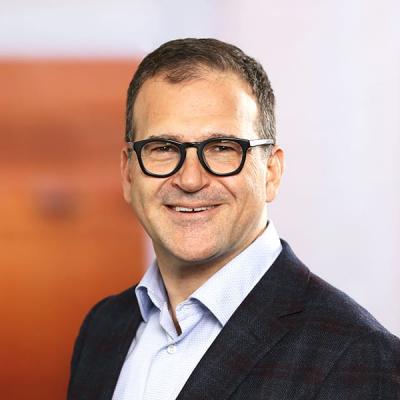The US Department of Energy Announced $98 Million in Funding for 40 Projects
On November 15, 2018, the United States Department of Energy announced $98 million in funding for new projects as part of the latest open funding opportunity, OPEN 2018, from the Advanced Research Projects Agency-Energy (ARPA-E). ARPA-E funds high-potential, high-impact energy technologies that are too young for private-sector investment. They focus on projects that can advance meaningfully over a two to four year period with a small amount of funding. Early-stage projects focused on transformational energy research typically struggle to recruit private sector funding due to their unproven concepts. OPEN 2018 intends to close this gap in funding.
United States Secretary of Energy Rick Perry stated, “ARPA-E’s open solicitations serve a valuable purpose. They give America’s energy innovators the opportunity to tell us about the next big thing. Many of the greatest advances in human history started from the bottom up with a single person or idea, and OPEN 2018 provides a chance to open our doors to potentially the next great advancement in energy.” OPEN 2018 provides a unique and exciting opportunity for the development of technology that may otherwise be overlooked. By providing funding outside of the traditional private channels, ARPA-E helps early-stage projects develop into groundbreaking technological advancements.
ARPA-E funds projects that have four specific qualities: transformational technology, high risk, high reward, and a pathway to impact. The funding supports transformational technology so that the United States can achieve long-term economic competitiveness and a technological lead in the sustainable energy sector. In order to achieve this result, ARPA-E funds projects that move beyond existing conventions and limitations. Such ambitious goals invite projects that have inherently high risks, and, as a result, the potential for high rewards. So that it may mitigate some of the risk involved with revolutionary projects, ARPA-E requires projects to have defined pathways to impact. This means that these projects have a path to market, even if it is lengthy and complex, buttressed by teams committed to ultimately deploying their technologies at scale through the private sector. ARPA-E describes its “optimum form” project as one that “enables solutions that were previously thought impossible and provides a credible path to making them commercially viable.”
OPEN 2018 will fund 40 projects focused on centralized generation, distributed generation, electrical efficiency, the grid, grid storage, manufacturing efficiency, transportation energy conversion, transportation fuels, and transportation vehicles. Projects are led by universities, small businesses, large businesses, nonprofit organizations, and federally funded research and development centers. These projects vary greatly in focus, but all projects that were successful in earning funding met ARPA-E’s criteria for transformational technology.
One successful project came from the University of California, San Diego. This project received $1,894,705 to develop an easy-to-integrate and reliable grid energy storage system built from “second life” lithium batteries. They will utilize retired batteries from electric vehicles to create inexpensive storage options. Other projects—such as one from Aquanis Inc. in East Greenwich, Rhode Island—focused on new technologies for wind turbines. Aquanis will use its $3,515,113 to develop the next generation of wind turbines, which will be larger and smarter due to Aquanis’s new technology allowing for reduced aerodynamic loads on wind turbine blades. A third successful project came from the University of Michigan, Ann Arbor. The team from the University of Michigan will develop load-control strategies to mitigate problems associated with integrating more renewable energy sources into the electricity generation mix. Overall, the 40 projects vary greatly in terms of scope, funding, and the timeline of innovation.
The November announcement marked the end of OPEN 2018 funding. ARPA-E typically issues Funding Opportunity Announcements every three years, meaning that the next round of funding will not take place until 2021. Meanwhile, ARPA-E is putting together a Teaming Partner List to facilitate collaboration and new project development. ARPA-E encourages researchers to work with partners to develop new opportunities for projects. Eventually, these partnerships could lead to new commercially viable projects, future ARPA-E funding in 2021 and beyond, or some mix of these options.



